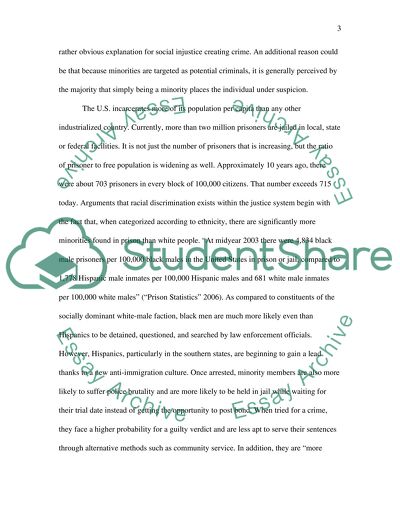Cite this document
(“RACE, ETHNICITY, AND CRIMINAL JUSTICE Research Paper”, n.d.)
RACE, ETHNICITY, AND CRIMINAL JUSTICE Research Paper. Retrieved from https://studentshare.org/miscellaneous/1571243-race-ethnicity-and-criminal-justice
RACE, ETHNICITY, AND CRIMINAL JUSTICE Research Paper. Retrieved from https://studentshare.org/miscellaneous/1571243-race-ethnicity-and-criminal-justice
(RACE, ETHNICITY, AND CRIMINAL JUSTICE Research Paper)
RACE, ETHNICITY, AND CRIMINAL JUSTICE Research Paper. https://studentshare.org/miscellaneous/1571243-race-ethnicity-and-criminal-justice.
RACE, ETHNICITY, AND CRIMINAL JUSTICE Research Paper. https://studentshare.org/miscellaneous/1571243-race-ethnicity-and-criminal-justice.
“RACE, ETHNICITY, AND CRIMINAL JUSTICE Research Paper”, n.d. https://studentshare.org/miscellaneous/1571243-race-ethnicity-and-criminal-justice.


